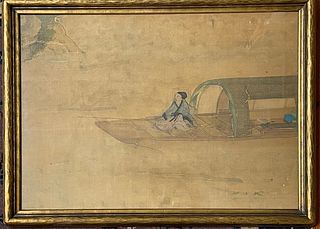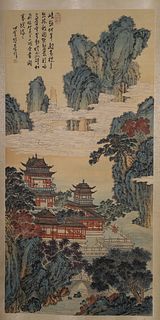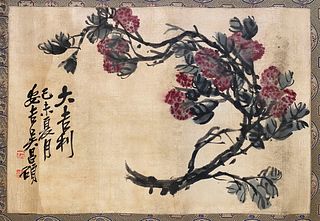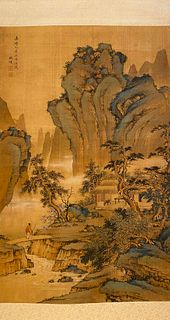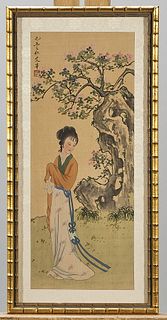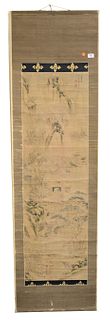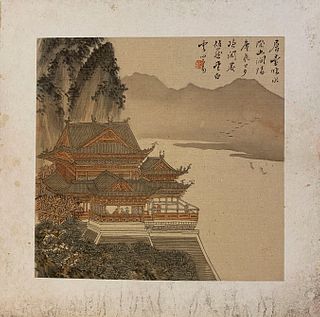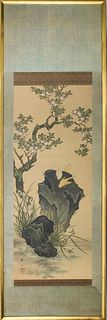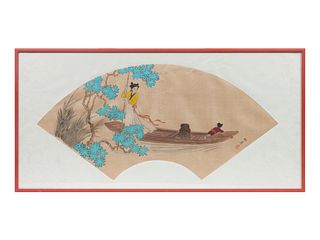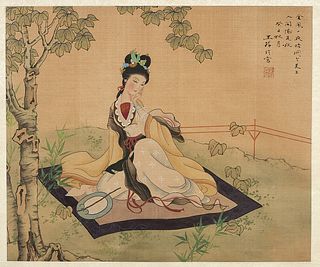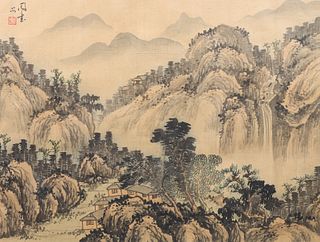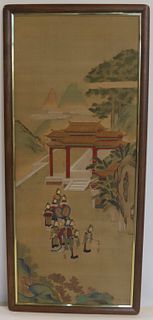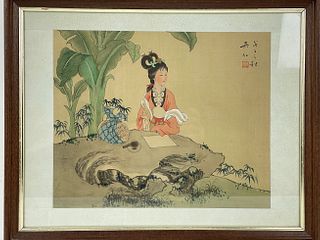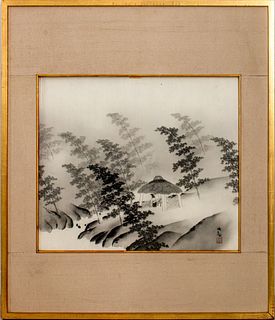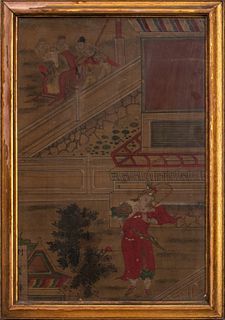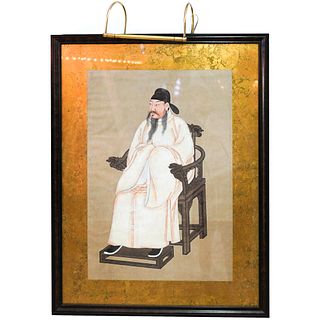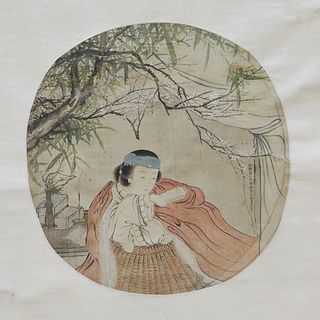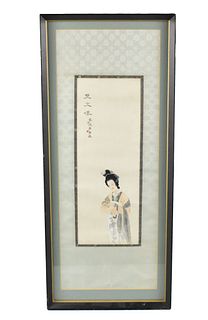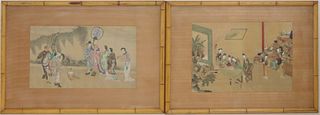Chinese Paintings on silk with its unique characteristics and style has had a profound effect in shaping China's rich visual history over centuries. Valued for its ethereal aesthetic, Chinese artists continue to adopt and adapt to this ancient art style with the same intense delicacy and passion as that of traditional artists. Chinese silk paintings for sale on the Bidsquare online auction feature artworks from as early as the 11th century up to the present day, especially works made during the Song, Yuan, and Ming dynasty that continue to attract collectors’ interests. The elegance and uniformity of Chinese Paintings on silk reflect the incredible meticulousness of creating these artworks by Chinese artists, making this artistic style unique of its own.
The Art of Chinese Silk Paintings
Silk painting is a combination of two distinct forms of Chinese art, sinuous brushwork and meticulous spinning of the fabric, both requiring an incredible passion for the art. Traditional practitioners of the art used stones to smoothen out the texture of the silk surface for a flawless canvas. This was followed by the use of paintbrushes of animal hair to adorn the silk with designs in colorful mineral pigments, the materials were similar to that used in calligraphy, the earliest incarnations of silk paintings.
As tools and techniques developed and with larger availability of colors and resources, artists were able to add more details to their paintings, enabling them to depict mythological creatures, folklores, and portraits in their artworks. Artistic interpretations of famous religious analogies and fables gradually gained meaning in these paintings. However, these modern paintings still retain a sense of tradition as contemporary artists follow the same process as used by their predecessors.
Chinese Painting on silk can usually be divided into three categories, depending on the themes they depict - figures, landscapes, birds, and flowers. The level of detail involved in chinese landscape paintings makes them the highest form of silk painting. There are two techniques involved in creating a silk painting, the Gongbi, and the Shuimo techniques. Gongbi, or “meticulous painting,” requires detailed brushwork to create a likeness to real-life objects. This style of chinese paintings is renowned for its realist details, figurative subject matter, and the use of a vibrant color palette.
The other technique Shuimo meaning “water-ink” is freer in style with more emphasis on details. This approach of silk painting uses a monochromatic palette of black and colored ink, the emphasis is to convey the essence of the subject rather than to create a replica. The paintings rely more on impressionist techniques of doing away with the addition of too many layers and exaggerations.
As a tradition, Chinese silk painting has not only come from a long line of artistic endeavors but has also played a role in documenting history, remaining an integral part of China’s legacy. In an age of rapid technological advancement, Chinese silk painting today reminds us of the importance of preserving tradition within us through consistent hard work and with time.
Quick Facts about Chinese Painting on Silk
- A rare 18th-century 61-foot-long scroll artwork fetched 414 million yuan (almost $65 million) in Beijing.
- Some Famous Chinese Silk Painters are He Xiangning, Gao Qi-Feng.
Are you looking for an auction near me? Visit Bidsquare's Auction Near Me page to discover upcoming auctions near you.
 Estimate$20 - $40
Estimate$20 - $40 Estimate$3,000 - $5,000
Estimate$3,000 - $5,000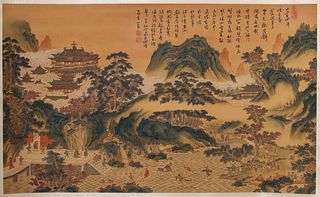 Estimate$1,500 - $3,500
Estimate$1,500 - $3,500 Estimate$4,000 - $6,000
Estimate$4,000 - $6,000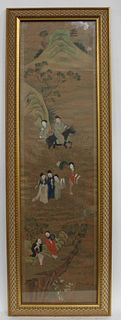 Estimate$800 - $1,200
Estimate$800 - $1,200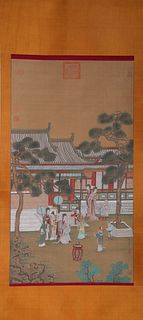 Estimate$1,500 - $3,500
Estimate$1,500 - $3,500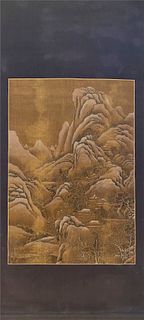 Estimate$1,500 - $3,500
Estimate$1,500 - $3,500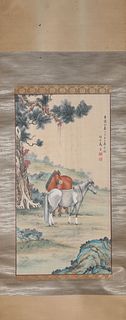 Estimate$1,500 - $3,500
Estimate$1,500 - $3,500 Estimate$1,500 - $3,500
Estimate$1,500 - $3,500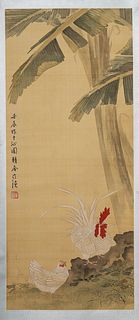 Estimate$500 - $1,500
Estimate$500 - $1,500 Estimate$1,500 - $3,500
Estimate$1,500 - $3,500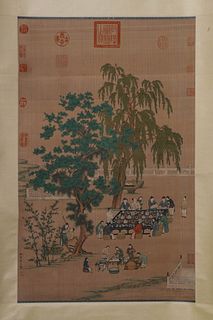 Estimate$1,500 - $3,500
Estimate$1,500 - $3,500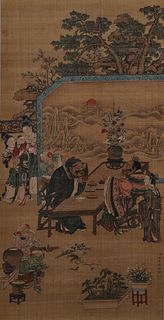 Estimate$1,500 - $3,500
Estimate$1,500 - $3,500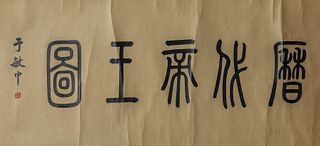 Estimate$6,000 - $12,000
Estimate$6,000 - $12,000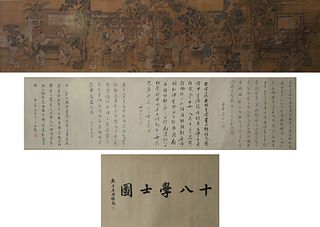 Estimate$3,000 - $7,000
Estimate$3,000 - $7,000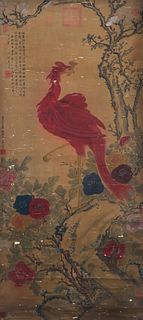 Estimate$2,000 - $3,000
Estimate$2,000 - $3,000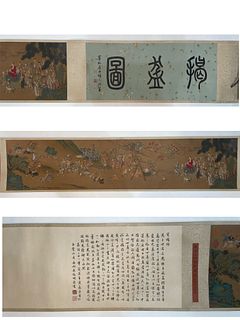 Estimate$5,000 - $8,000
Estimate$5,000 - $8,000


 EUR
EUR CAD
CAD AUD
AUD GBP
GBP MXN
MXN HKD
HKD CNY
CNY MYR
MYR SEK
SEK SGD
SGD CHF
CHF THB
THB Live Auction in Progress
Live Auction in Progress
